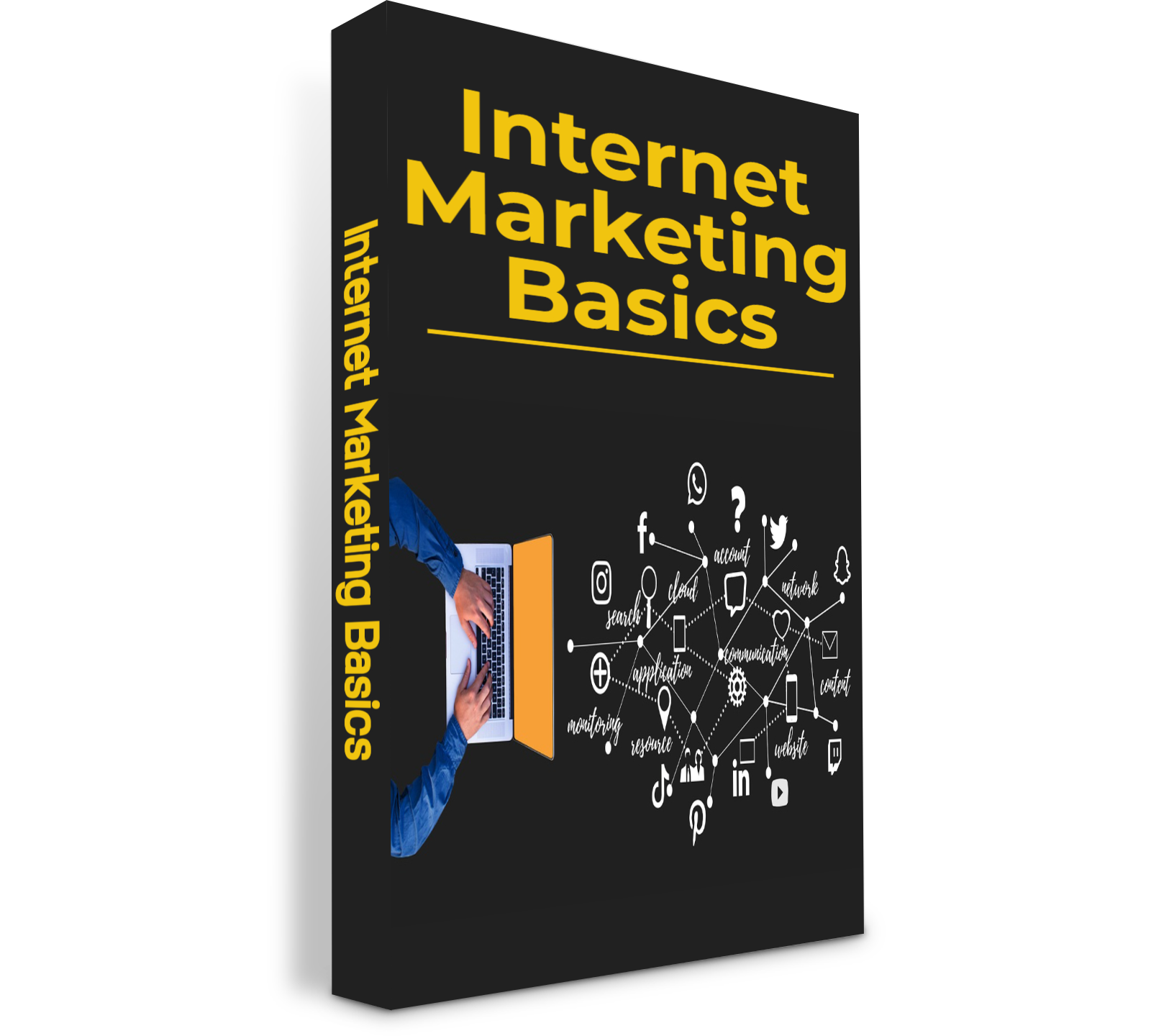Breaking Down the Pros and Cons of Popular E-commerce Platforms
Breaking Down the Pros and Cons of Popular E-commerce Platforms
Introduction
Starting an online store feels exciting, even a bit magical. But amidst the promise of independence and success, a crucial question looms: which e-commerce platform is your perfect “spellbook”? Worry not, aspiring merchants, this guide will dissect the strengths and weaknesses of popular platforms so you can make the best pick for your store.
Choosing Your Platform: Unveiling the E-commerce Platform Warriors
Shopify: Known for its user-friendliness, Shopify offers a range of pre-built themes and intuitive tools. It includes various apps to enhance your store’s functionality. However, be aware of its high monthly fees, transaction fees and some limitations in design customization.
BigCommerce: BigCommerce is recognized for its comprehensive built-in features, including strong SEO and marketing tools. It offers extensive integrations and powerful functionalities, making it suitable for experienced merchants. Note that it can be expensive and might offer limited customization options.
WooCommerce: As a flexible, open-source platform, WooCommerce allows you to build a highly customized online store using various plugins. It integrates seamlessly with the WordPress ecosystem.
-
- WordPress, if you’re not aware, is a very common web-building software that is often included with various web hosts.
- WooCommerce is a plugin that can be installed via a WordPress install. It is very simple to set up.
Wix eCommerce: Wix stands out for its visually appealing design options and easy drag-and-drop interface. It’s known for creating beautiful, mobile-friendly storefronts. However, it has limitations in terms of scalability and is heavily dependent on the Wix platform.
E-commerce Platform Comparison: Dissecting the Spells
Choosing the right e-commerce platform is like equipping yourself with the perfect arsenal for your digital kingdom. To help you navigate the realm of options, let’s compare the strengths and weaknesses of our four contenders across key areas:
|
Feature |
Shopify |
BigCommerce |
WooCommerce |
Wix eCommerce |
|
Ease of Use |
Beginner-friendly with intuitive interface and pre-built themes |
Slightly steeper learning curve, but cloud-hosted and user-friendly |
Requires familiarity with WordPress and plugin installation |
Drag-and-drop interface caters to design-focused users |
|
Features |
Wide range of features through apps and add-ons (fees may apply) |
Built-in features like SEO tools, coupons, and analytics |
Open-source platform allows for extensive customization with plugins |
Limited native features, relies on Wix ecosystem |
|
Scalability |
Handles high traffic volumes well, but transaction fees can increase |
Designed for large store needs with built-in scalability |
Requires server upgrades and optimization for high traffic |
Limited scalability within Wix plans |
|
Pricing |
Monthly plans with transaction fees (0.5-2%) |
Tiered plans based on store size and features |
Free to install, but plugins and extensions can add up |
Paid plans for additional features and bandwidth |
|
Integrations |
Extensive app store with numerous options for marketing, shipping, and payments |
Seamless integrations with various services and platforms |
Integrates with WordPress plugins and external tools |
Primarily integrates with Wix apps and services |
|
Design Flexibility |
Wide range of customizable themes, but limited out-of-the-box design options |
Extensive design customization, but requires coding knowledge |
Vast customization potential with themes and plugins |
Limited design flexibility outside of Wix templates |
|
Security |
Secure platform with built-in features, but shared hosting can raise concerns |
PCI compliance built-in, but server security depends on hosting provider |
Requires additional security plugins and updates |
Hosted by Wix, so security relies on their infrastructure |
Consider your:
- Technical skills: Beginner-friendly platforms like Shopify and Wix might be ideal.
- Feature needs: BigCommerce and WooCommerce boast robust features for larger stores.
- Budget: Freemium options like WooCommerce can be budget-friendly, while Shopify and BigCommerce offer paid plans.
- Customization desires: WooCommerce and BigCommerce offer more design flexibility, while Wix focuses on drag-and-drop ease.
E-commerce Platform Comparison: Pros and Cons
Choosing the right e-commerce platform requires weighing the different offers and their unique strengths and weaknesses. Here is a breakdown of the pros and cons.
Shopify:
Pros:
- Ease of Use: Beginner-friendly interface with pre-built themes and drag-and-drop features.
- Wide Range of Features: Expandable functionalities through a vast app store (additional costs may apply).
- Mobile-Friendly: Optimized for mobile shopping experiences.
- Scalable: Handles high traffic volumes well.
- Strong Support: 24/7 customer support is available.
Cons:
- High costs: Significantly more expensive than getting web hosting and using WordPress.
- Transaction Fees: Add up on high-volume stores.
- Limited Out-of-the-Box Design: Theme customization options can be restrictive.
- High App Costs: Expanding features with apps can become expensive.
- Shared Hosting: Security concerns might arise, particularly for larger stores.
BigCommerce:
Pros:
- Built-in Features: Robust functionalities like SEO tools, coupons, and analytics included.
- Scalable: Designed for large stores with high traffic capacity.
- Secure: PCI compliance built-in.
- Extensive Integrations: Seamless connection with various services and platforms.
- Customization Freedom: Offers more design flexibility than Shopify.
Cons:
- Steeper Learning Curve: Requires some technical knowledge for full utilization.
- Higher Pricing: Tiered plans can be more expensive than Shopify’s base plan.
- Limited App Store: Not as vast as Shopify’s, though still offers essential functionalities.
- Less Beginner-Friendly: May require more tech know-how than Shopify for initial setup.
WooCommerce:
Pros:
- Free and Open-Source: No base platform fees, vast plugin ecosystem offers budget flexibility.
- Highly Customizable: Offers unparalleled design and functionality customization with plugins.
- Integrated with WordPress: Leverages the vast WordPress ecosystem for additional features.
- Complete Ownership: You have full control over your store data and hosting.
Cons:
- Technical Expertise Required: Setting up and maintaining WooCommerce requires some tech knowledge.
- Management: Responsible for software maintenance and updates.
- Less Intuitive: Can be less user-friendly than drag-and-drop platforms like Shopify and Wix.
Wix eCommerce:
Pros:
- Drag-and-Drop Design: Easy-to-use interface for designing stunning and mobile-friendly storefronts.
- Affordable: Free basic plan with paid options for additional features.
- All-in-One Solution: Includes hosting, domain name, and basic features.
- Visually Appealing: Offers beautiful and pre-designed templates.
Cons:
- Limited Scalability: May not be suitable for high-traffic stores or extensive product catalogs.
- Wix Ecosystem Dependence: Reliant on Wix’s infrastructure and app marketplace.
- Less Feature-Rich: Limited built-in features compared to other platforms.
- Design Constraints: Template customization options can be restrictive.
Remember, the ideal platform depends on your unique needs and priorities. Consider your technical skills, budget, desired features, and scalability requirements before casting your spell for the perfect e-commerce platform!
Choosing Your E-commerce Platform: A Guide to Finding the Perfect Fit
Here’s a straightforward guide to help you make an informed decision:
- Assess Your Needs:
- Technical Skills: Evaluate your technical abilities. Are you comfortable with coding, or do you prefer a more user-friendly design approach? Choose a platform that aligns with your skill level.
- Key Features: Identify the features you need most. Do you require strong SEO capabilities or specific marketing tools? Focus on platforms that offer these features.
- Budget Considerations: Consider your financial situation. Factor in platform fees, the cost of apps, and hosting expenses. Pick a platform that fits your budget.
- Future Growth: Think about your long-term goals. Do you envision a large-scale business or a small boutique? Opt for a platform that can scale with your business.
- Explore and Test Platforms:
- Ease of Use: Try out the platforms to see if you can easily navigate their interfaces. A user-friendly platform can save you time and frustration.
- Design Flexibility: Check if the platform allows customization to align with your brand’s image. Your storefront should reflect your unique identity.
- Feature Accessibility: Investigate whether essential tools are readily available or if you’ll need to pay extra for them.
- Scalability: Ensure the platform can accommodate your business’s growth without compromising performance or requiring significant changes.
Bonus Tips:
- Start small: This is especially true if starting a business. Our advice is to always build the business from the ground up. That means starting lean and mean, investing a small amount of money and making sure the business works. You don’t need the most powerful platform if you’re just starting out. Choose an inexpensive, beginner-friendly option and then upgrade when needed.
- Know this: None of these e-commerce solutions will bring traffic to the site; they are simply a tool for the job. You will need to either get traffic from a YouTube video, Facebook Groups, forums, blogs, ads with paid traffic (not recommended for beginners) and by learning about SEO (search engine optimization) to learn what keywords can bring the right traffic to your site, and then writing content to get ranked in Google — this is my favorite because it’s free!
- Integrations matter: Ensure the platform can connect with the tools you already use, like shipping services and marketing platforms.
- Support is key: Choose a platform with reliable customer support, ready to answer your questions and solve your problems. If choosing a web host, research and find a company with a great track record.
- Don’t be afraid to switch: If your platform no longer serves your needs, you can always migrate to another.
The Future of E-Commerce Platforms: What Lies Ahead
We’ve examined the current state of e-commerce platforms, exploring their capabilities and idiosyncrasies. Now, let’s look forward to how these platforms might evolve and shape the future of e-commerce.
- Shopify:
- Expect Shopify to leverage AI for tasks like inventory forecasting and targeted marketing.
- Personalized product recommendations using deep learning and advanced chatbots for customer service are likely.
- Shopify could expand into the metaverse, offering immersive virtual storefronts.
- BigCommerce:
- BigCommerce is set to enhance omnichannel experiences, merging online and physical stores.
- Features like inventory syncing, in-store pickup options from online orders, and augmented reality in physical stores are anticipated.
- WooCommerce:
- WooCommerce will continue attracting tech-savvy users, focusing on customization.
- Expect growth in blockchain-based solutions for secure payments and supply chain transparency.
- The WordPress ecosystem will expand, offering diverse plugins for tailored e-commerce experiences.
- Wix:
- Wix will focus on mobile-first experiences and visual storytelling.
- Features might include shoppable video campaigns, AR product demos, and interactive shopping elements.
- Wix could become popular among influencers and micro-brands for creating engaging storefronts.
Broader Trends:
- Sustainability: Platforms will offer tools for eco-friendly practices like carbon footprint calculations and sustainable packaging.
- Personalization: AI will enhance personalization, predicting customer preferences and offering dynamic pricing and curated product bundles.
- Community and Experience: Platforms will focus on community building and interactive shopping experiences, with features like live streams, gamified elements, and influencer collaborations.
Final Thoughts:
Our journey in the e-commerce world concludes with these insights. As you build your business, remember that the path is not linear. Choose your platform wisely, adapt over time, and keep your vision clear. Let your brand’s uniqueness shine, connect deeply with your customers, and stay in tune with the digital marketplace’s evolution.
Remember that these are just the platforms and tools for selling products or services online. It is not a traffic method!

